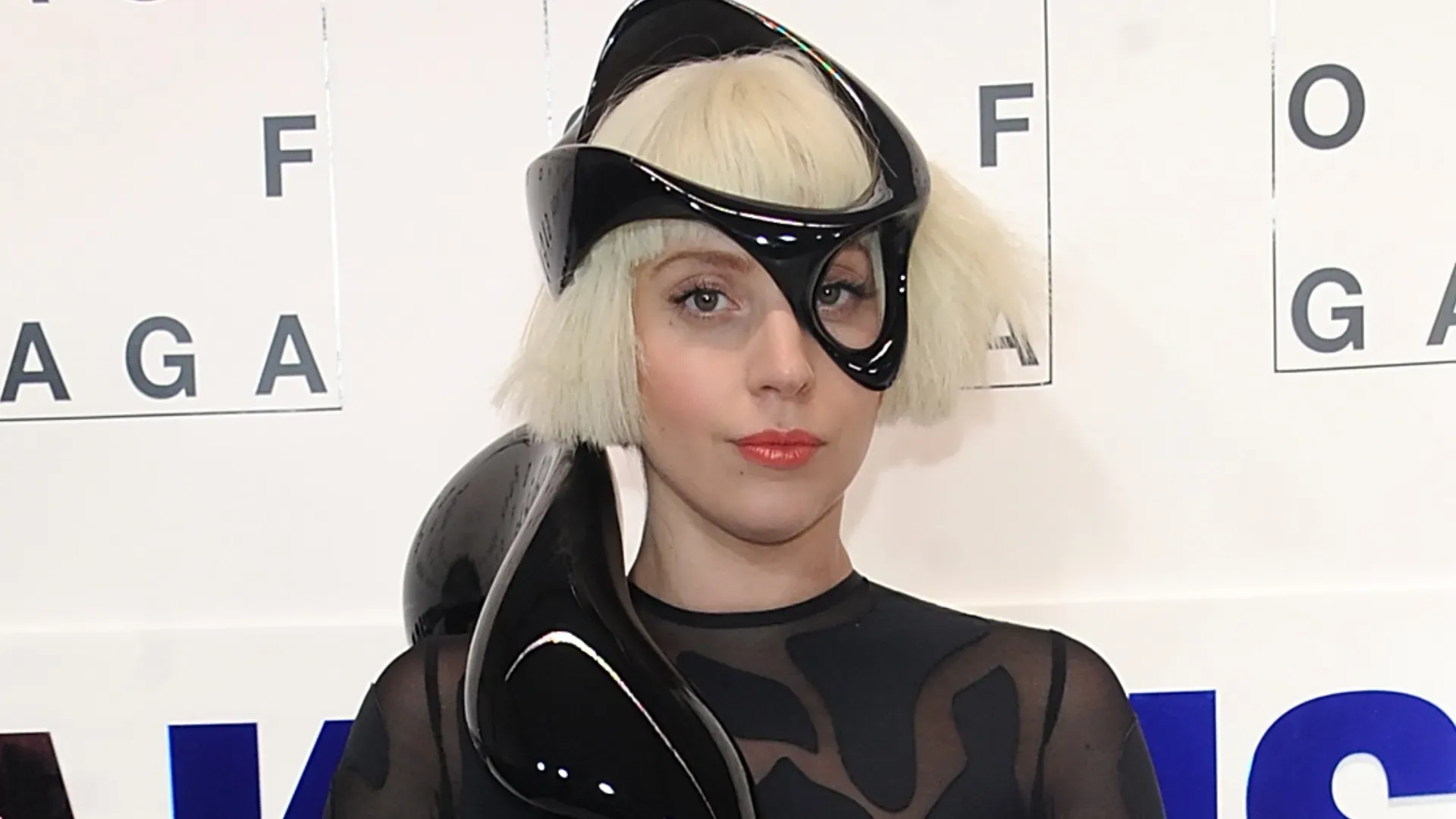Released in 2013, Lady Gaga’s third studio album, ARTPOP, arrived as a dazzling, often chaotic collision of high art and raw pop ambition, yet was met with a polarizing reaction that obscured its true visionary nature.
Twelve years later, the album stands not as the commercial and critical stumbling block it was often painted as, but as a fearless, ahead-of-its-time synthesis of electronic music, performance art, and introspective pop songwriting. This anniversary is the perfect moment to revisit ARTPOP, peel back the layers of public misconception and industry drama, and finally appreciate it for what it truly is: a glorious, genre-bending testament to artistic freedom and one of the most intellectually ambitious—and ultimately, most misunderstood—masterpieces in the Lady Gaga canon.
A High-Concept Collision: Art and Pop Ambition
The genesis of ARTPOP was rooted in a foundational desire to bridge the perceived chasm between high-brow conceptual art and mainstream popular music. Lady Gaga, already a master of theatricality, sought to create a “reverse Warholian experience”—the idea of bringing art to the people, rather than commercializing fine art for the elite.

Source: Brad Barket/Getty Images
The album’s very title is a portmanteau, signaling this ambitious fusion, where every track, costume, and visual component was intended to be part of a larger, evolving art project. This approach meant the album’s success couldn’t be judged solely on radio hits; it required an understanding of its multimedia, performance-based context, which unfortunately, was largely missed by the wider public and critics who were expecting a straightforward successor to Born This Way.
This bold aesthetic pursuit led to an album that is sonically diverse and deliberately unconventional. Tracks like “Aura,” with its aggressive industrial-pop elements and spoken-word interludes, and the frenetic, maximalist “Swine” demonstrated a willingness to push the boundaries of what a pop song could be in the mainstream landscape.
While the singles “Applause” and “Do What U Want” offered more traditional hooks, the album’s deep cuts showcased a complex architecture of electronic sound design, drawing heavily on Eurodance, trap, and avant-garde electronic music. The resulting sound was often jarring and dense, a reflection of the artist’s own state of mind; a beautiful mess that demanded listeners engage with it on its own terms, not the industry’s.
Crucially, beneath the artifice and visual noise, ARTPOP is profoundly personal and confessional. Many tracks deal with themes of fame, self-medication, and the struggle to maintain artistic authenticity in the face of immense pressure. Songs like “Gypsy” and “Dope” reveal a vulnerability rarely seen behind the masks of her earlier work, charting a journey from excessive self-indulgence to a search for genuine connection and self-acceptance.
The “art” in ARTPOP wasn’t just external; it was also a therapeutic process, using the creation of high-concept music as a mechanism to process trauma and reclaim control over her own narrative, making the artifice a necessary shield for her most intimate revelations.
The ultimate source of ARTPOP’s “misunderstanding” lay in the timing and logistical chaos surrounding its rollout. The accompanying ARTPOP app, designed to be the central, interactive hub of the project, was plagued with delays and technical glitches, preventing the full realization of the immersive multimedia vision.
Furthermore, the extensive promotion schedule, coupled with internal disagreements within her management team, created a sense of fractured focus that detracted from the music itself. Instead of appreciating the album’s progressive sound and deep themes, the media narrative often fixated on the controversies and high-cost performances, overshadowing the musical brilliance that fans would only fully uncover years later.





